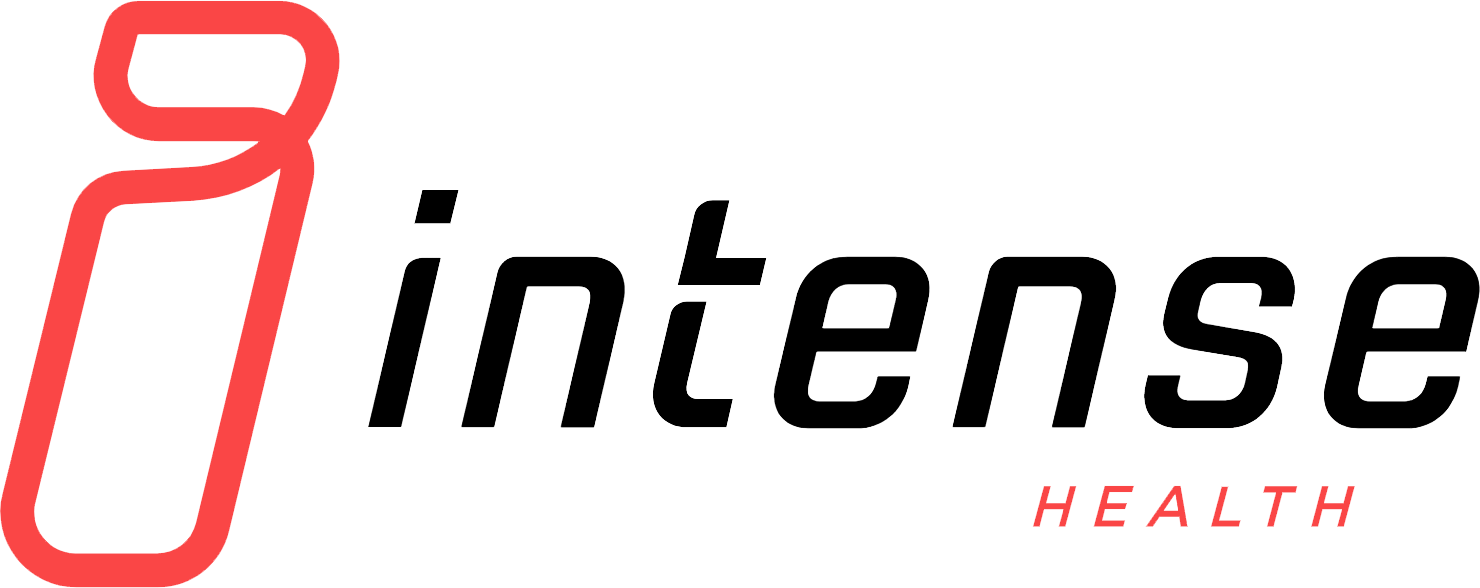
In the late 20s and 30s, our body goes through various age-related changes but for some people, it is in the 40s that really hits them with the idea that they are ‘aging’.
Granted, our lifestyle plays a vital role in slowing or speeding up our age process, but in the end, it is ‘exercise’ or rather the ‘right types’ of exercises that can prevent the problems of aging – muscle loss, cognitive decline and mitochondrial biogenesis, a type of decline which is common in aging.
OPTIMIZING YOUR FITNESS AFTER 40
The first and foremost step is to simply get moving and modifying your workouts which suit your 40-year-old self.
- Working on flexibility – Research published in the prestigious American Journal of Physiology had found that the inability to touch your toes while sting with your legs stretched out is a sure sign of having an increased risk of heart attack or stroke since your arteries might have become stiff.
The study had also found out that the scores of flexibility are linked to their blood pressure, cardio-respiratory and other measures of the health of the heart.
“While enhanced flexibility is desirable, you don’t have to enrol in a yoga class or stretch constantly (or at all) to safely achieve flexibility. There is widespread confusion, even among fitness authorities, between stretching and flexibility. What you want is not increased flexibility so much as enhance flexibility. This goal is achieved by an application of resistance at the safe extremes of the muscle’s range of motion.
In a study conducted on individuals who performed a strength training program, the experimenters concluded that the strength-trained subjects were able to improve their range of movement far more than were the control subjects. In another study, forty-eight subjects who performed Nautilus strength training over a period of eight weeks improved their hip-trunk flexibility by two and a half inches without performing any stretching exercises, while simultaneously increasing muscle strength by 50 per cent.” (Body by science page 109)
- Ditching long hours of cardio – Extreme endurance exercises such as marathons have the potential to damage your heart with irreversible and life-threatening injuries and do long term harm.
Thickening and stiffening of the heart muscle and arteries, sudden cardiac arrest, inflammation, acute volume overload are some of the hazards of long-distance running. The following too can occur if you exercise too much or too often:
- Your tissues will break down since your body will enter a catabolic state.
- Not only catabolism but also chronic disease will be promoted if cortisol (a type of stress hormone) is released in excess.
- There is an increased risk of injuries and you may fail to heal if you develop microscopic tears in your muscle and still continue to over-exercise.
- Your immune system may weaken a great deal.
If you are exercising effectively, your workout sessions should be short and effective done in minutes; but if you are doing more than 90 minutes (per week), then you are doing more harm than good.
- High-Intensity Exercise is for people over 40 too – Research at Amsterdam in the EuroPRevent meeting in May 2014, had presented that men after 40 can still reap the benefits of intensive exercise as those who started before 40 as compared to those who don’t do exercise.
Not only that, men who exercise also had a high maximum uptake of oxygen (a measure of physical fitness) and also showed an improvement in the structure of the heart and its functions. High-intensity Resistance Training, also known as HIT, helps to address the ageing problem of muscle loss and atrophy by boosting the natural production of the body’s ‘human growth hormone’ which increases by as much as 771 per cent during a HIT workout.
- Trying exercises that work your core – Sometimes, the simplest of the movements in exercise ends up in heaping great benefits to us and one of the best examples of that, is ‘Planks’.
‘Planks’ itself is a core exercise in which we hold the trunk position of our body off the ground in a straight line. This is a type of exercise which not only helps to build our deep and core muscles but it also lays the foundation for achieving that much-desired ‘six-pack’ look. There’s a heap of benefits associated with this exercise; and out of which stronger abdominal muscles, tighter midsection and flexibility in your posterior muscle groups need to be mentioned.
The shoulder muscles, collarbone and the shoulder blades too will expand and stretch as well as the hamstrings and the arches of the toes and feet.
‘Planks’ are also excellent for balance and posture with the side planks or the planks with extensions being very beneficial for building balance.
- Recovering between workouts – One of the most vital points of HIT is that the intensity and the amount of time which are spent working out should have to be inversely proportional.
The greater the intensity, the less time you spend working out and as the intensity goes up, you spent longer recovery times in between sessions and as such, your workouts’ frequency also gets lowered. At best, for HIT, you are recommended to go for as little as once and maximum 4 times a week.
- Walking – Like you drink adequate amounts of water each day, similarly, you are also required to take 10, 000 steps a day. Though, not a replacement for regular exercise, it will still help you in avoiding the counter-affects of sitting too much.
STRENGTH TRAINING – A MUST FOR THE 40 AND OVER CROWD
Your muscles will lose mass without weight training and if you don’t take any steps, your condition will worsen in the near future.
Even if you have never done strength training, there’s no reason that you can’t start now. It not only helps to maintain your muscle mass but also helps to build the density of bones, decreasing your risk of falls, providing relief from joint pain plus improving and controlling the blood sugar.
It also increases the production of growth factors of the body which are responsible for cellular growth, proliferation, differentiation and the survival of neurons.
GIVING SUPER SLOW WEIGHT TRAINING A TRY
Super slow weight training or strength training is a must for people of all age group, but if you are middle-aged or older, then this definitely is a method that you need to include in your routine. Your weight training sessions can be converted into a high-intensity one if you slow your movements and it is generally recommended that you use four or five basic compound movements, which basically requires the co-ordination of various muscle groups.
Even if you are fit at 40 or 50, you are more likely to be healthy even when you are in your 70s and 80s. It doesn’t matter when you start an exercise program since the benefits and continuing the program are vast, even if you do so in your late life.

